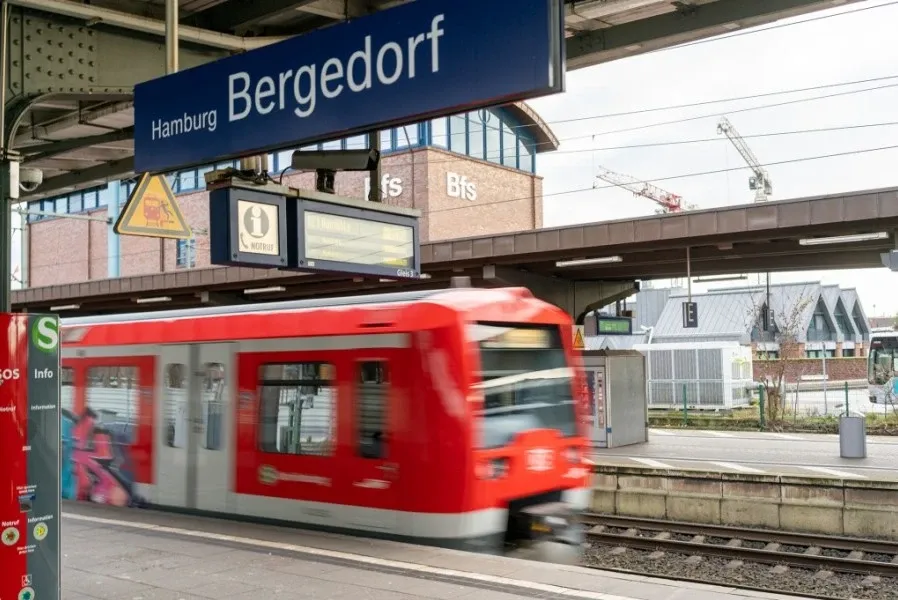Qualcomm Announces Snapdragon 8 Gen 5 Platform
Qualcomm added its latest smartphone platform to its premium-tier Snapdragon range.

Deutsche Bahn (DB) and Siemens Mobility have developed the world’s first train that operates by itself in rail traffic. The train is controlled by digital technology and is fully automated. The driver remains on the train to supervise the journey with passengers on board. Shunting, such as turning the train around, is done without on-board personnel. The project partners DB, Siemens Mobility, and the City of Hamburg have invested a total of €60 million in the digital S-Bahn Hamburg, which is part of DB’s Digital Rail Germany project.
“Today we’re experiencing the true turn of an era: The railroad has arrived in the digital future and Digital Rail Germany has become a reality. With automated rail operations, we can offer our passengers a significantly expanded, more reliable and therefore improved service - without having to lay a single kilometer of new track. It is our goal to make rail transport attractive to ever-larger numbers of people, which is the only way we can achieve the mobility transition,“ said Richard Lutz, CEO of DB.
"We are making rail transport more intelligent. Trains drive the perfect timetable automatically, accurate to the second and energy-optimized," said Roland Busch, CEO of Siemens. "This way, we are supporting our partner Deutsche Bahn in its goal of making train travel more attractive and protecting the climate. With our technology, our customers can transport up to 30 percent more passengers, significantly improve punctuality and save more than 30 percent energy. The digital S-Bahn Hamburg marks a world premiere. The new technology has already been officially approved and, since it features open interfaces, can immediately be used by operators worldwide for all types of trains.“
The digital S-Bahn had its premiere run at the opening of the Intelligent Transport Systems World Congress (ITS) in Hamburg. During the congress, four digital S-Bahn trains operated automatically along the 23-kilometer section of S-Bahn Line 21 between the Berliner Tor and Bergedorf/Aumühle stations. The technical basis for digital rail operations is the future European Automatic Train Operation (ATO) standard, combined with the European Train Control System (ETCS).
The trains receive their control signals via radio. The four digital S-Bahn trains in Hamburg will provide regular scheduled passenger service beginning in December. Plans to digitalize Hamburg’s S-Bahn entire system by the end of the decade are already under way, and investments in trains and infrastructure are being made. The technology is projected to be used nationwide for regional and mainline rail systems.